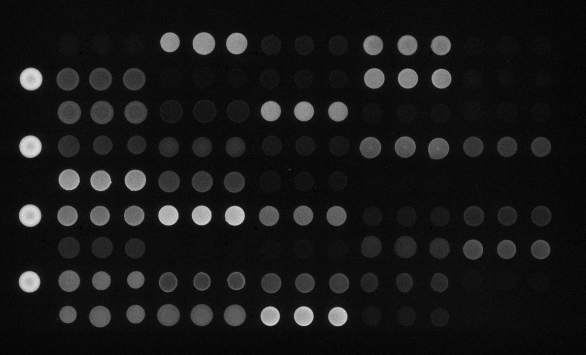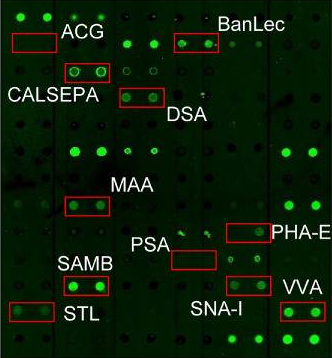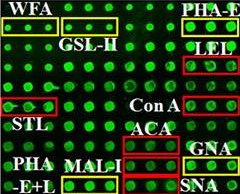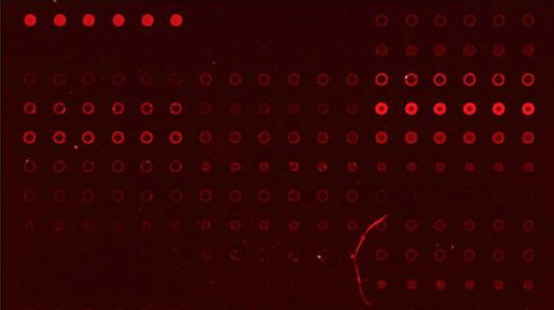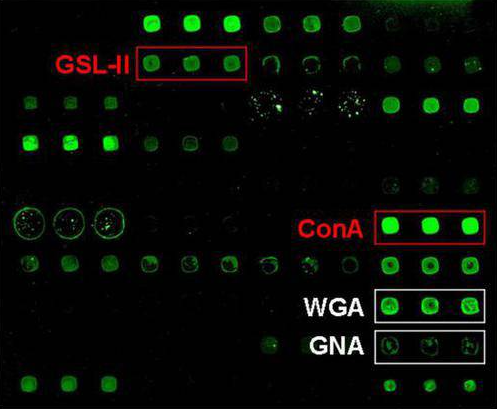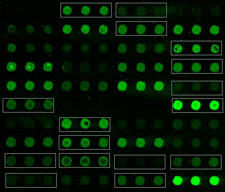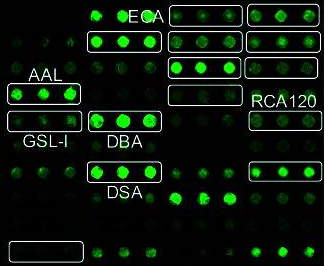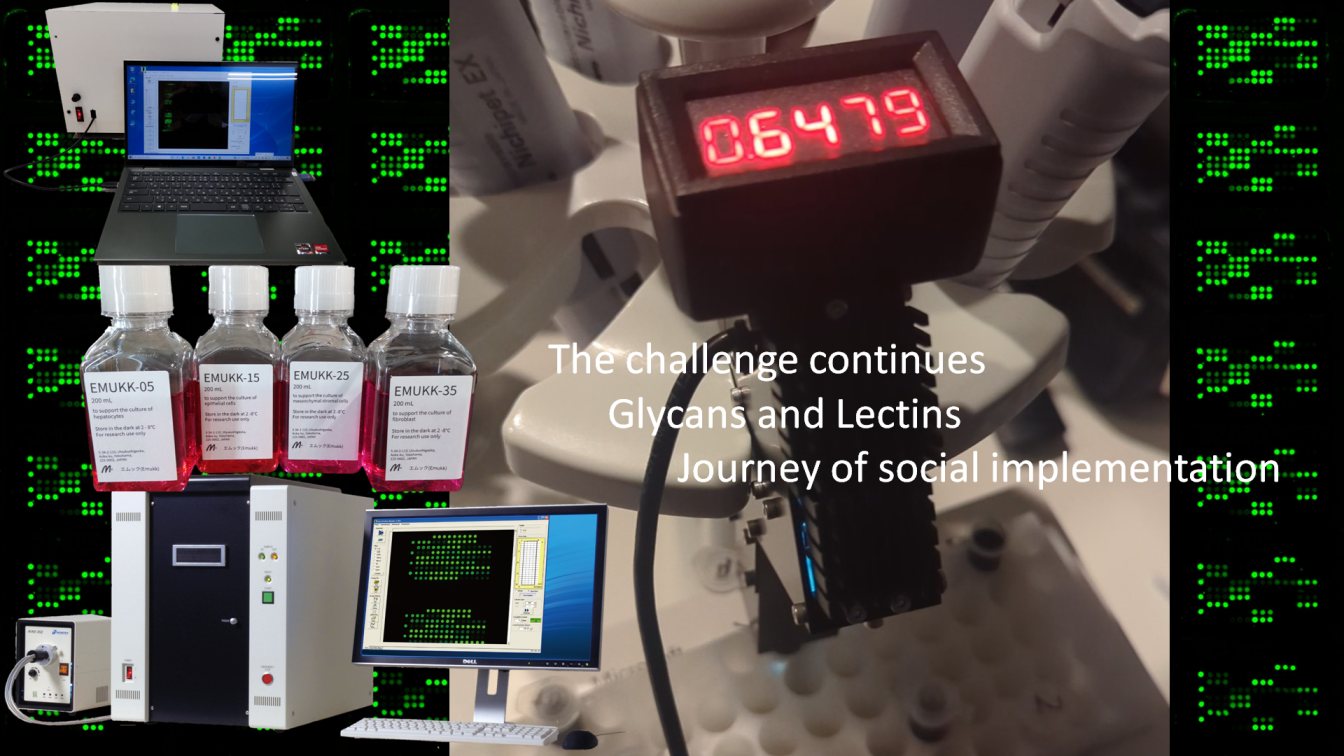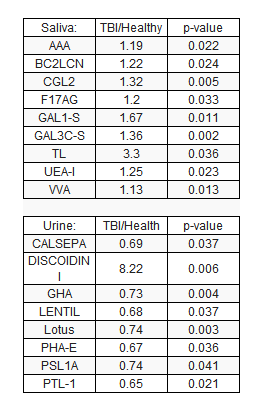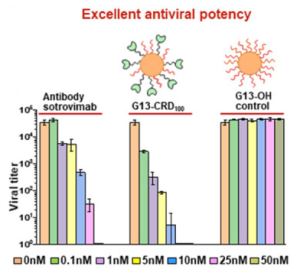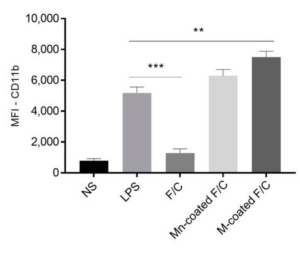Effects of mixed oligosaccharides on cucumber growth and its rhizosphere
A group from Institute of Analysis and Testing, Beijing Academy of Science and Technology, Beijing, China, etc. has reported about mixed oligosaccharides-induced changes in bacterial assembly during cucumber growth.
https://pubmed.ncbi.nlm.nih.gov/37492253/
it was shown that mixed oligisaccharides (in detail, chitin origosaccharides) effectively delayed cucumber leaf senescence and significantly increased cucumber production, and increased the abundance of Methylorubrum spp. and Lechevalieria spp., although bacterial communities in the rhizosphere and bulk soil remained relatively stable across different treatments and sampling periods.
It is known that Methylobacterium produce growth-promoting metabolites by consuming methanol secreted by plants.

